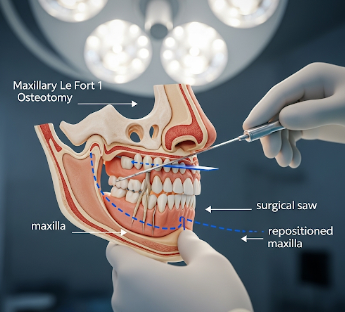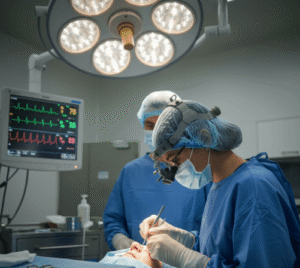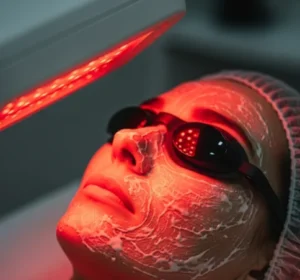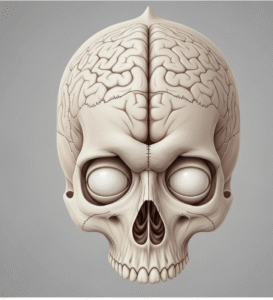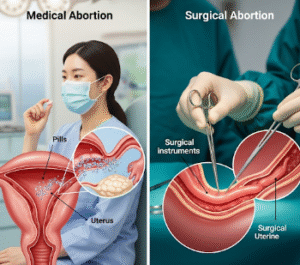Overview
Maxillary Le Fort 1 Osteotomy is a surgical procedure used to correct abnormalities of the upper jaw (maxilla), including misalignment, open bite, underbite, or other congenital or acquired facial deformities. This procedure is often performed by oral and maxillofacial surgeons to improve bite function, facial symmetry, and overall aesthetics.
In Korea, this procedure is carried out using advanced surgical techniques and 3D imaging for precise planning, ensuring optimal functional and cosmetic outcomes.
Highlights:
- ✅ Corrects upper jaw misalignment and facial deformities
- ✅ Improves bite function and chewing efficiency
- ✅ Enhances facial aesthetics and symmetry
- ✅ Performed using precise, computer-assisted surgical planning
What is Maxillary Le Fort 1 Osteotomy?
Le Fort 1 osteotomy involves surgically separating the upper jaw (maxilla) from the skull base and repositioning it to the desired alignment. It is commonly combined with orthodontic treatment to achieve proper occlusion (bite).
Indications include:
- Misaligned upper jaw causing bite issues
- Open bite, underbite, or crossbite
- Congenital facial deformities such as cleft palate
- Facial asymmetry affecting aesthetics and function
- Obstructive sleep apnea in certain cases
Important: This procedure addresses both functional and cosmetic concerns, often improving speech, chewing, and facial balance.
What are the benefits?
- Improved bite and chewing function
- Enhanced facial symmetry and aesthetics
- Correction of congenital or acquired deformities
- Potential improvement in speech and breathing
Key benefits highlighted:
- ⚡ Precise repositioning of the maxilla using advanced imaging
- ⚡ Long-lasting functional and aesthetic results
- ⚡ Can be combined with other orthognathic surgeries for full facial correction
- ⚡ High success rate with experienced surgeons
Procedure Details
1) How should I prepare for Maxillary Le Fort 1 Osteotomy?
- Preoperative evaluation: 3D CT scan, panoramic X-rays, orthodontic assessment, and medical history
- Medication review: Stop blood thinners or other medications as advised
- Fasting: 6–8 hours prior to surgery
- Consent and education: Discuss procedure, potential risks, expected outcomes, and recovery
- Orthodontic preparation: Braces may be required pre- and post-surgery for proper alignment
2) What happens during Maxillary Le Fort 1 Osteotomy?
- Anesthesia: General anesthesia administered
- Incision and exposure: Incisions made inside the mouth to expose the maxilla
- Osteotomy and repositioning: Upper jaw is carefully separated and repositioned to the planned alignment
- Fixation: Plates and screws are used to stabilize the maxilla
- Closure: Incisions closed with sutures inside the mouth
Duration: Typically 2–4 hours depending on complexity and whether other facial procedures are combined
3) What happens after Maxillary Le Fort 1 Osteotomy?
- Recovery monitoring: Vital signs and oral cavity healing observed
- Pain management: Analgesics and sometimes anti-inflammatory medications
- Diet: Soft or liquid diet initially; gradual return to normal foods
- Follow-up care: Monitor healing, bite alignment, and surgical site
Highlights for post-procedure care:
- ⚡ Swelling and bruising in the face are common and peak around 2–3 days
- ⚡ Mild numbness around upper teeth or lip may occur, usually temporary
- ⚡ Oral hygiene and wound care are critical to prevent infection
- ⚡ Regular orthodontic adjustments may be needed post-surgery
Risks / Benefits
Risks:
- Infection or delayed healing
- Bleeding or hematoma
- Temporary or permanent numbness of upper teeth, gums, or lips
- Relapse or movement of the maxilla
- Need for additional corrective surgery in rare cases
Benefits:
- Corrects bite issues and facial asymmetry
- Improves chewing, speech, and sometimes breathing
- Long-lasting functional and aesthetic improvement
- Can be combined with other jaw surgeries for comprehensive correction
Recovery and Outlook
- Hospital stay: Usually 1–3 days depending on surgery complexity
- Full recovery: 6–8 weeks for bone healing; 3–6 months for complete stabilization
- Long-term outlook: Excellent functional and cosmetic results with proper care
- Follow-up: Regular visits to monitor bone healing, bite, and orthodontic adjustments
Tips for optimal recovery:
- ✅ Follow soft diet and oral hygiene instructions
- ✅ Avoid strenuous activity and contact sports until cleared
- ✅ Attend all follow-up visits for bone healing and orthodontic assessment
- ✅ Monitor for signs of infection or unusual symptoms
When To Call the Doctor
- Fever or signs of infection
- Excessive bleeding or swelling in the surgical area
- Severe or persistent pain not relieved by medication
- Numbness or abnormal sensation that worsens
- Difficulty breathing or swallowing
Best Korea Option / Process
Korea provides advanced Maxillary Le Fort 1 Osteotomy care:
- Top hospitals: Specialized oral and maxillofacial surgery centers
- Advanced imaging and planning: 3D CT, surgical simulation, and computer-assisted planning
- Expert surgeons: Experienced in orthognathic surgery for functional and aesthetic outcomes
- Postoperative care: Pain management, dietary guidance, oral hygiene instructions, and follow-up orthodontic adjustments
- International patient support: Online consultation, appointment scheduling, and telemedicine follow-up
Step-by-step process in Korea:
- Online consultation and preoperative imaging review
- Pre-surgery orthodontic and medical preparation
- Maxillary Le Fort 1 Osteotomy performed under general anesthesia
- Postoperative monitoring, pain management, and dietary guidance
- Follow-up visits to assess bone healing, bite alignment, and aesthetic outcome

